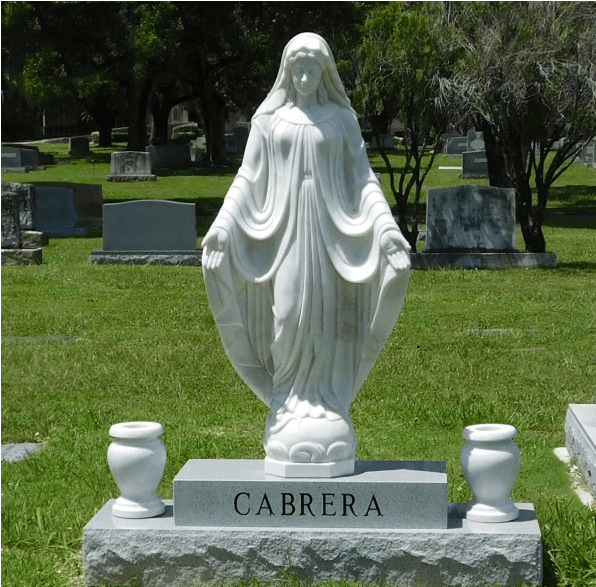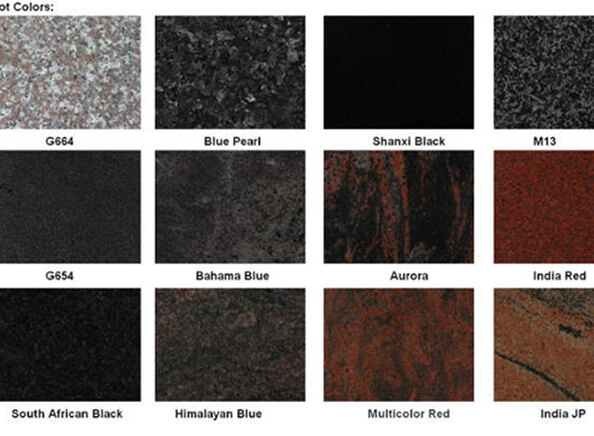Tombstones serve as enduring tributes to loved ones, memorializing their lives for generations. The longevity of these markers, however, can be significantly influenced by the engraving techniques used. Various methods of engraving impact not only the aesthetic appeal but also the durability and maintenance requirements of tombstones. This article explores how different engraving techniques affect the longevity of tombstones.
Common Engraving Techniques
- Hand Carving
- Technique: Hand carving involves skilled artisans using chisels and hammers to create inscriptions and designs directly on the stone.
- Impact on Longevity: This traditional method, while labor-intensive, offers deep and precise engravings that can withstand weathering over time. However, the quality greatly depends on the skill of the artisan and the type of stone used. Hard stones like granite and marble are more durable, but they also require more effort to carve.
- Sandblasting
- Technique: Sandblasting uses high-pressure air to force abrasive materials like sand onto the tombstone’s surface, etching away the design.
- Impact on Longevity: Sandblasting produces clean and consistent engravings. The depth of the engraving can vary, but deeper etchings tend to be more resistant to erosion and weathering. Over time, shallower sandblasted inscriptions may become less distinct, especially in softer stones.
- Laser Engraving
- Technique: Laser engraving employs focused laser beams to etch detailed images, text, and designs onto the stone’s surface.
- Impact on Longevity: Laser engraving is highly precise, allowing for intricate designs and photographs. However, it typically affects only the surface layer of the stone, making it more susceptible to wear from the elements. This method is best suited for harder stones like granite, where it can maintain clarity longer.
- Etching
- Technique: Etching can be done using chemicals (chemical etching) or diamond-tipped tools (diamond etching) to create designs on the tombstone.
- Impact on Longevity: Chemical etching is less common due to environmental concerns but can produce fine details. Diamond etching is more durable and effective on hard stones. Both methods can be very detailed, but the longevity of the design depends on the depth and the type of stone used.


Etching
Factors Affecting Longevity
- Stone Type:
- Granite: Highly durable and resistant to weathering, making it ideal for all engraving techniques.
- Marble: Softer than granite and more prone to erosion, but still suitable for deep carvings.
- Limestone and Sandstone: Softer and more susceptible to weathering, often leading to faster deterioration of engravings.
- Environmental Exposure:
- Climate: Tombstones in harsh climates with extreme temperatures, heavy rainfall, or strong winds are more likely to experience wear and tear.
- Location: Urban areas with higher pollution levels can cause acid rain, which accelerates the erosion of engravings, especially on softer stones.
- Maintenance:
- Regular Cleaning: Proper and regular cleaning can prevent biological growth (like moss and lichen) from obscuring and damaging the engravings.
- Sealing: Applying sealants can protect the stone and the engravings from moisture and pollutants, enhancing longevity.
Choosing the Right Technique
When choosing an engraving technique, consider the following:
- Desired Detail: Laser and diamond etching offer high detail, suitable for intricate designs.
- Stone Type: Match the engraving method to the stone’s hardness for optimal longevity.
- Environmental Conditions: Select a method that offers the best durability for the tombstone’s location.
Conclusion
The choice of engraving technique plays a crucial role in the longevity of tombstone inscriptions. Hand carving and sandblasting are traditional methods that provide durability, while laser and diamond etching offer precision and detail. The type of stone, environmental exposure, and maintenance practices also significantly influence the lifespan of engraved designs. By understanding these factors, one can make informed decisions to ensure that tombstones remain lasting and legible memorials for generations to come.

